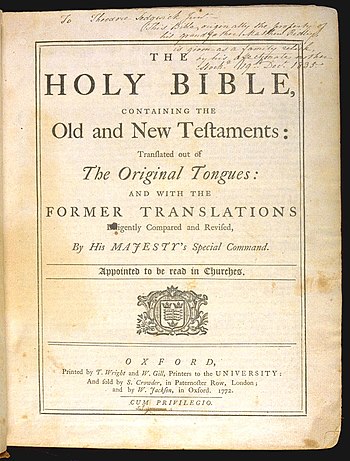- The Fundamentals of the Faith
- The Burden on King James Only Advocates
- Skeptics and the Bible
- Wouldn’t It Be Better To Only Have One Bible?
- Why Are There So Many Translations Anyway?
- Which Bible Should I Use?
- 3 Weak Arguments Not To Use To Support the KJV
- Gender-Neutral Bible–NIV 2011
- Who Is Esaias Anyway?
As a person who has dealt with conversations from skeptics regarding different accounts in the Gospels themselves, I can tell you that the attestation to a fact by multiple witnesses is a strength rather than a weakness.
Simply put, I believe we can rest more assuredly in the Bible because of, and not in spite of, the abundance of manuscripts and good translations. I count it as a strength, rather than a weakness.
The Testimony of the Gospel
One of the neat things about the New Testament is the Gospels. The opening four books tell the story of Jesus’ life on Earth from four different perspectives.
There are different target audiences, different aspects of Jesus’ ministry, and even different events recorded in each one. And some of these readings, there seem to be differing readings. One book has two different feedings (5,000 and 4,000). Some have more detail with certain miracles and parables, others do not.
Rather than being a weakness—that the words in each Gospel are not the same—I find it to be a strength. It goes to the authenticity of the work.
To me, this is also part of the strength of the New Testament. Specifically, there is over 90% agreement in the New Testament between Greek manuscripts, but among the disagreements, there is nothing that touches any doctrine! To me, that says a lot about the power of preservation, because it would be easy to have false doctrine added at different points along the way.
But Don’t Different Readings Confuse the Issue?
There is this argument that having “different Bibles” could cause skeptics to wonder about God’s power to sustain His Word. I hate to tell you this, but skeptics would claim there was shenanigans going on if the Word was all the same too.
What we would expect from many copies of Scripture across a huge geographic area is that there would be some variation. We know that people today jot things in the margins of their Bibles, that people underline things, and that, to a person making a copy of someone else’s Bible, we would expect that there would be, at times, things that would snowball as far as “what is really in here, and what is not?”
That’s part of the reason for wanting to consult the older manuscripts—because there is less chance for notational additions.
It’s also part of the reason that the King James Bible was created. It wasn’t that there were no English Bibles available—there were more than 3. Part of the motivation was that Bibles like the Great Bible and the Geneva Bible had marginal notes that spoke out against the king and the order of the day. The King James Bible was to have no marginal notes.
We Have No “Autographs”
We don’t have any originals, so we can’t say 100% authoritatively that any version that you hold today is an exact rendering from the original Hebrew or Greek. But that’s never been the issue. You see, as far as the Old Testament goes, an exact copy was made and then verified and then the old was destroyed. They were strict preservationists, and you could trust what you had was the Old Testament scripture.
The copying with the New Testament was not as strict, but with the variety of ages, locations, and the sheer volume, we can be assured that we have an accurate representation of what the originals were like.
